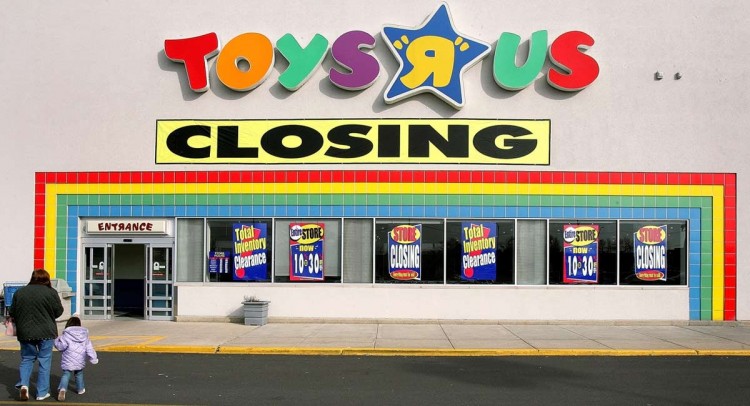Invest in your store experience to avoid the fate of Toys ‘R’ Us

Amazon is often blamed for the difficult conditions facing many brick-and-mortar retailers, and with good reason. Amazon’s aggressive expansion into almost every retail sector including, most recently, convenience stores and its seemingly perfect execution clearly give retail executives sleepless nights.
But sometimes retailers have only themselves to blame if customers stop visiting their stores and, if ultimately, the business is no longer viable.
This is best illustrated by the case of Toys ‘R’ Us. The toys retailer that was once a “category killer” and an obligatory tenant on every shopping mall, but in recent years it struggled to keep its head above water.
Last September, Toys ‘R’ Us filed for bankruptcy protection in the US, a procedure which is designed to help a new revitalized business emerge, phoenix-like, from the ashes of the old one.
But in the case of Toys ‘R’ Us, the damage was too drastic and so the company last week announced it would close or sell all its US stores.
It’s a sad end to the company’s seventy years of history but the damage was partly self-inflicted and not solely due to the inexorable rise of Amazon.
Company executives now concede that it had simply lost its way in the competitive retailing environment. It was very slow to wake up to the need to slim down its huge number of stores – 1,697 in the US at the time of its bankruptcy filing.
It had started to close stores in the US — and in the UK – but the closures were too little and too late to have much beneficial effect. It was also saddled with a huge debt, so it was unable to invest in its stores at a time when customers were losing their appetite for bleak “pile ‘em high” retail warehouse formats.
Create rewarding experiences
“If you’re going to have that breadth of inventory, you need someone in the store to help you find it, help you experience it,” Greg Portell, lead partner at retail consultant A.T. Kearney, told CNN.
Today, we read a lot about experiential retailing — see our recent blog post on the topic. To compete against online pure-plays, retailers need to create richer, more personalized experiences that increase engagement with the customer and make them want to come back to their stores
And this requires investment in modernizing the store format to make it more “user-friendly” – something that Toys ‘R’ Us was sadly unable to do.
Many retailers have realized that if they can do omnichannel fulfillment well, then there is no need to hold so much inventory in the store, giving them the freedom to repurpose their floor space and invest in new experiential retail formats.
For more information on how Openbravo can help you transform your retail business, watch our webinar with Openbravo CEO, Marco de Vries, Transforming the store and customer experience for an omnichannel world, or download the presentation here.




No Comment